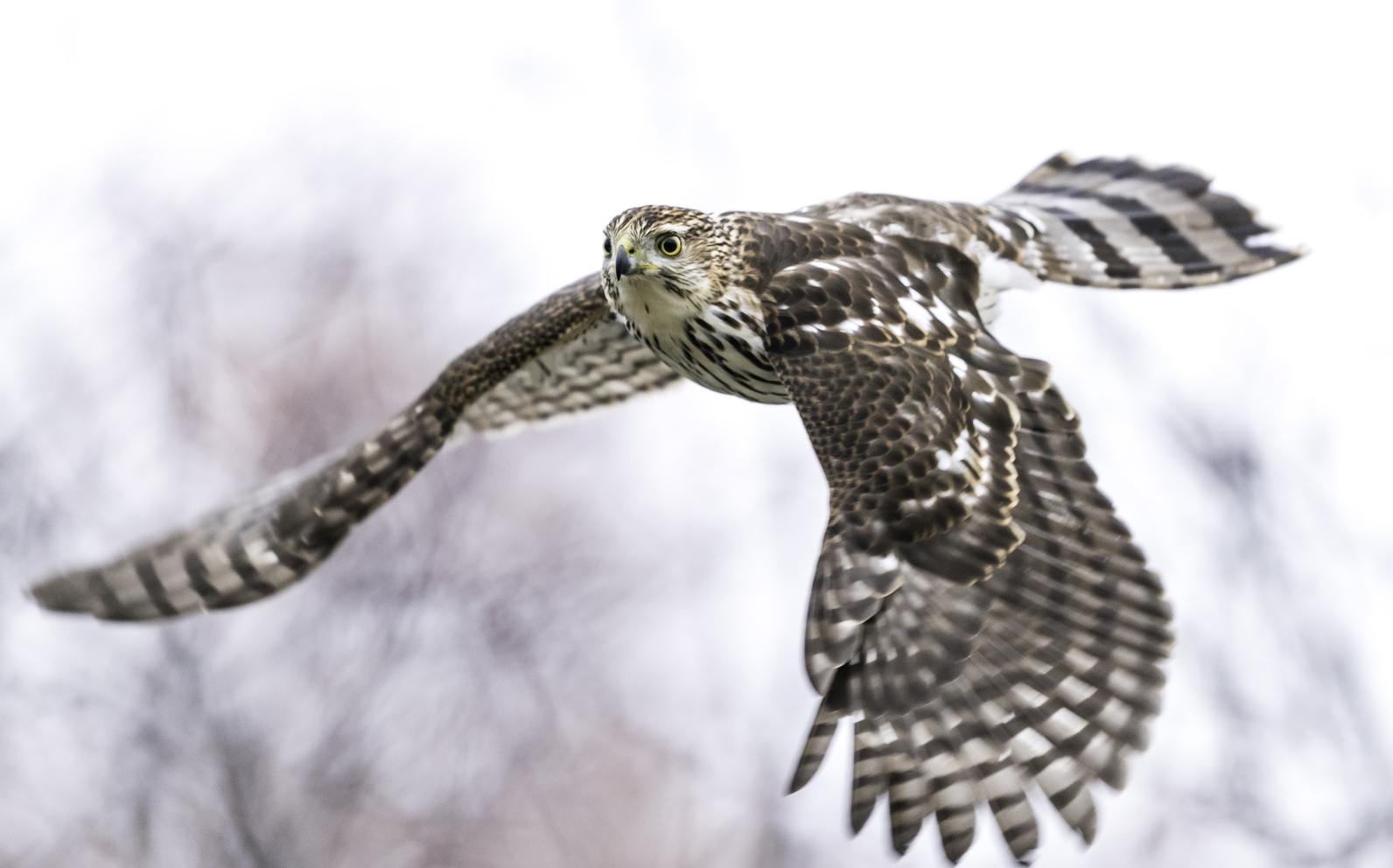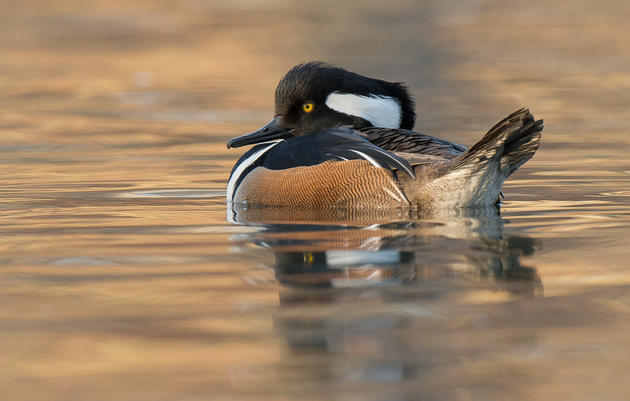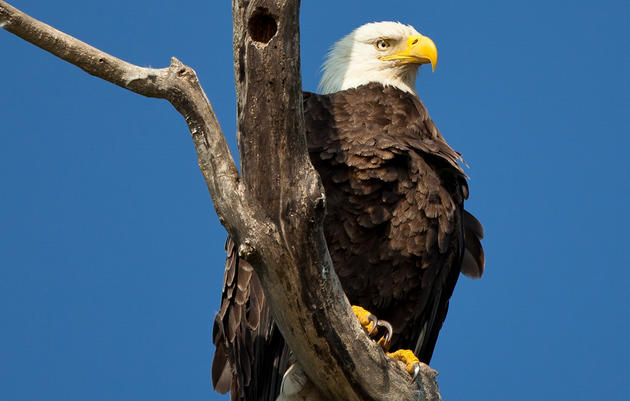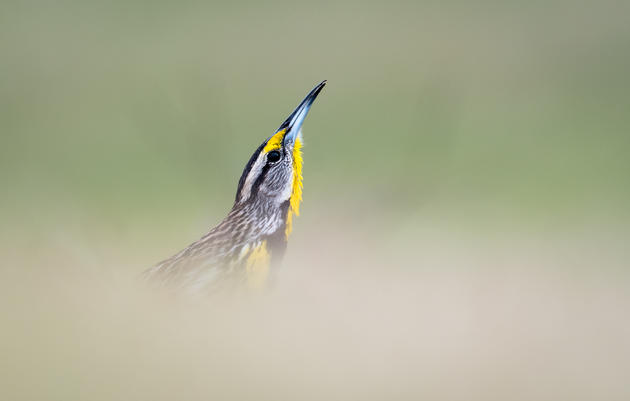2020 New York State Policy Agenda
Audubon New York works with a network of 91,000 members, hundreds of volunteers, 27 local Audubon Chapters, and dozens of other partners to achieve its mission of protecting birds and the places they need through science, advocacy, education, and on-the-ground conservation programs.
The below constitute our legislative and policy priorities for the SFY 2020-21 Legislative session. If you have any questions or would like more information, please contact Erin McGrath, Policy Manager at Audubon New York, at 518-869-9731 or emcgrath@audubon.org.

Working Lands
New York State contains 18.95 million acres of forested land, which amounts to 63% of the total land area of the state. These forests provide important habitat for more than a hundred species of birds, including forty-five priority bird species, and important ecosystem services such as carbon sequestration, watershed protection, flood control, forest products, and recreation. Unfortunately, many of New York’s forested lands need active management to diversify forest age classes and promote more natural, healthy, and resilient forests.
Currently, 14.4 million of our forested acres are held by private landowners, which means that their choices regarding land management can have significant impacts on declining bird populations and the environment. Audubon works with these landowners to increase the quality of habitat on privately managed lands to benefit threatened bird species by applying bird-friendly land management practices. For more information about our Healthy Forests program, click here.
To support these efforts, we ask New York State to:
- Develop and fund private landowner incentive programs that encourage the use of sustainable forestry practices, which help conserve and restore habitat for species of concern, support forest regeneration and resiliency, and aid in the development of natural climate solutions.
- Adequately fund and implement programs that support open space acquisition, the establishment of conservation and agricultural easements, invasive species control and removal, and reforestation on public land.
Coasts
Protecting and restoring coastlines will strengthen populations of shorebirds while increasing resiliency to the effects of climate change. Audubon’s Coasts strategy focuses on the most threatened and iconic bird species that rely on coastal habitats and targets the most important breeding, stopover, and wintering sites. For more information on our Coasts program, click here.
We ask New York State to:
- Continue to fund and implement policies that support coastal resiliency, including prioritizing the protection and restoration of salt marshes, the development of natural infrastructure, and encouraging coastal buy-outs or set-backs.
- Support legislation that protects and conserves our forage fish populations, which provide critical food for coastal and marine bird species.
- Finalize and adopt updated state coastal erosion hazard area and wetlands maps, which will help agencies to better manage these important resources and assist localities in making decisions about future coastal development and resiliency strategies.
Water
New York State’s rivers, streams, lakes, and embayments provide habitat and sources of water that are paramount to birds’ survival. Audubon’s Water strategy engages the public on water-management and water-quality issues, and works to restore habitats along rivers, wetlands, and the Great Lakes. For more information about our Water program, click here.
We ask New York State to:
- Ensure continued funding for programs that improve water quality, address nutrient pollution, combat harmful algae blooms, and support the development of clean water infrastructure; including $1.5 billion in funding for clean water infrastructure that provides supplemental hardship grants for rural communities, allows inter-municipal grant recipients to subsidize loans through the SRF program, allows for the use of design-build principles, and maintains drinking water affordability.
- Support funding and programs that promote the conservation and restoration of the Great Lakes, and earmark additional funding for increasing coastal resiliency through the use of nature-based solutions.
- Support additional protections and oversight for class C and D streams.
Climate
Audubon’s scientists have established that climate change is the greatest threat to birds. Our climate strategy has two key elements: protecting the places that birds need in a warmer world and advocating for significant public policy changes at the local, state, and federal levels to mitigate climate change. For more information about our climate initiative, click here.
We ask New York State to:
- Ensure that the State continues to work towards its goal of achieving carbon neutrality by 2050 by supporting transmission modernization and expansion, accelerating the development of responsibly-sited large-scale renewables, and providing financial incentives for the development of renewable energy.
- Establish uniform siting principles for large-scale renewable energy projects that are consistent with the protection of wildlife and natural resources, and continue to prioritize the development of brownfields, rooftops, and capped landfills.
- Establish a mitigation fund or bank for renewable energy projects that impact wildlife and their habitats, such as grasslands.
Bird-Friendly Communities
Birds are the most common visible wildlife on the planet, and 47 million Americans say they enjoy birdwatching. Our communities can provide critical refuge for birds, and studies show that cities can contain important functional ecosystems and biodiversity hotspots. However, habitat destruction, window collisions, and other threats all take their toll on both rare and common birds in our communities. For more information about bird-friendly communities, click here.
We ask New York State to:
- Support policies that minimize bird collisions with glass by promoting the use of bird-friendly building designs and technologies.
- Support measures that will decrease the use of single-use plastics and curb microplastic pollution, including a ban on Styrofoam packaging.
- Mitigate the effects of neonicotinoids on pollinators and other wildlife by enacting reasonable restrictions on residential and commercial uses and enhancing state oversight.
Funding
New York State has an ongoing obligation to provide reliable funding for environmental conservation. Recurring funding allows the State and its partners to establish long-term plans that are cost-effective and utilize both public and private funding for priorities such as land acquisition, increasing resiliency to climate change, and improving water quality. We ask New York State to:
- Support the Restore Mother Nature Bond Act, which will provide $3 billion for projects that reduce flood risk and revitalize critical wildlife habitats.
- Increase funding for the Environmental Protection Fund to $350 million for SFY 2020-21, which will ensure that New York State is able to achieve its environmental and conservation priorities.
- Provide adequate funding and staff for the agencies that help steward our natural resources, including the Office of Parks, Recreation and Historic Preservation, Department of Environmental Conservation, Environmental Facilities Corporation, Department of State, and Department of Agriculture and Markets.
Related
2019 Conservation Policy Resolutions
Presented by Audubon New York and the Audubon Council of New York State
Audubon Council of New York: 2021 Policy Resolutions
State and federal conservation policy resolutions.
How you can help, right now
Donate to Audubon
Help secure the future for birds at risk from climate change, habitat loss and other threats. Your support will power our science, education, advocacy and on-the-ground conservation efforts.






